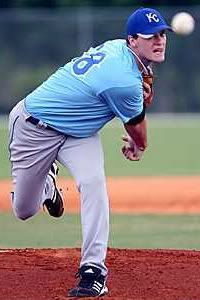 |
| Dillon Howard, Indians 2nd Rd pick |
I was very interested to see if this is really the best way to find Cy Young type pitchers, so I decided to take the last decade from 2000-2010 and come up with a way to find out who ended up being the top pitchers in baseball. I assumed we would see the data show the idea that high school arms dominate as we have heard so much about these arms over the years, so I assumed the data would back up the assumption.
I started out using simple base line data of the Cy Young finishes of the last decade in both leagues. Since this was a simple base line I just did a reverse value assigning 5 points to first place and 1 point to last place. The problem with this is that it just doesn't have a good enough variance to give true value to the winners versus guys who finished with a value of 5. I mean, how many Tribe fans remember that Cliff Lee had a 4th place finish in 2005?
So I contacted my friends who are Physics PHD's and baseball fans and figured out the best way to make the data more accurate. After some discussion we settled on a value scale of 1, 3, 6, 10, 15. This will allow for first place to have the value over a fifth place finish that the player would have for his team. This ended up giving us very interesting data.
I then broke down players into either foreign free agents, college picks, or high school picks. Then I assigned the point totals. The totals go as such: 160 points for the foreign players, 282 for the college players, and 317 for the high school players.
This data might make people think that it shows that high school players are the way to go, but it's not necessarily true. The high school players were more plentiful in terms of finishes but actually had the lowest average. So just in terms of totals, we see the best chance of landing a player who will end up with a top five Cy Young finish is by drafting a high school arm. This point is dead on with what I had assumed, high school arms do produce more Cy Young finishes, but there is more to it than that.
If the totals show us what group is more likely to finish in the Top 5 for the Cy Young, then the average shows us which group tends to be the strongest in terms of the top pitchers in the league. It really shows who the cream of the crop is.
The difference between Roy Halladay, CC Sabathia, and Ciff Lee to Brad Lidge, Cole Hamels, and Brad Penny. The averages came out as such with high school players at 6.49, foreign players at 6.73, and college players at 7.31. I talked with my friends about what this data shows, and while they are pretty close the difference especially for high school to college shows that the pitchers who end up being the stud arms or more likely to come from the college ranks. In fact high school arms top finishes were dominated by two names Halladay and Sabathia.
So what does this all mean?
I will leave it to one of the physics guys Charles to explain it: "I believe the results were that high school pitchers did slightly below expectations based on the percentage of players of each type in the Majors."
The last bit of data I took while going through the ten year cycle was to look at the number of first round picks who had Top 5 finishes. This meant that there is no data for foreign players as they don't get a chance to be drafted. This is just a straight look at the number of first round high school players with Cy Young finishes versus the number of college arms. The totals are only six pitchers drafted from high school in the last decade that have finished in the Cy Young voting. The number of college pitchers is double that at 12 pitchers, so your best chances of hitting on a Cy Young type pitcher in the first round seems much more likely if you avoid the high cost high school arms.
When you look at the data it just seems cost prohibitive and not as good as a return on your money when you consider the high cost of many of these high school arms. On top of this they often take twice as long to make the Majors, so the return is delayed and the great chance for development can also mean greater chance for injury.
Even if all things were equal it would strike me as smarter to draft college arms over high school arms when you just look at the blanket cost difference for each type of player. Sure top ten picks are expensive either way you look at it, but the high school player has the added leverage that ends up making them cost more than anyone but the elite of the college arms.
Indians fans have high hopes for Dillon Howard, but our best chance at a true number one type pitcher is to take the college arm. It might be less risk, but the reward seems to not be enough to counter the risks.
Follow Tony and the Indians Prospect Insider on Twitter @TonyIPI. Also, his latest book the 2011 Cleveland Indians Top 100 Prospects & More is available for purchase for $20.95 to customers in the US (shipping and handling extra).









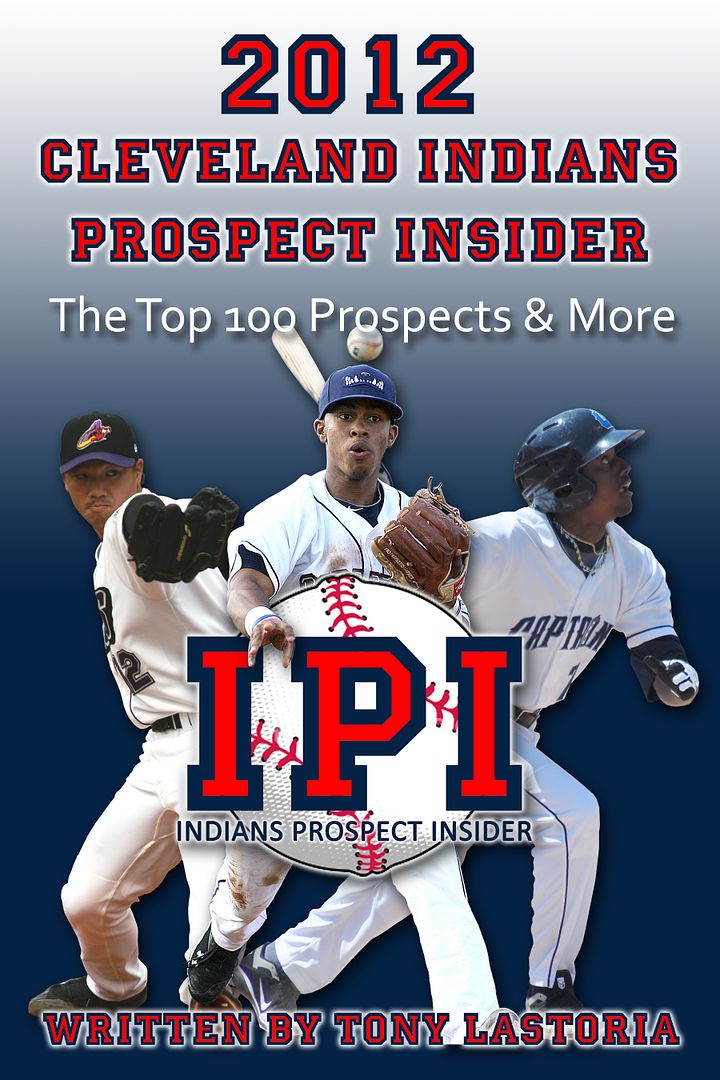
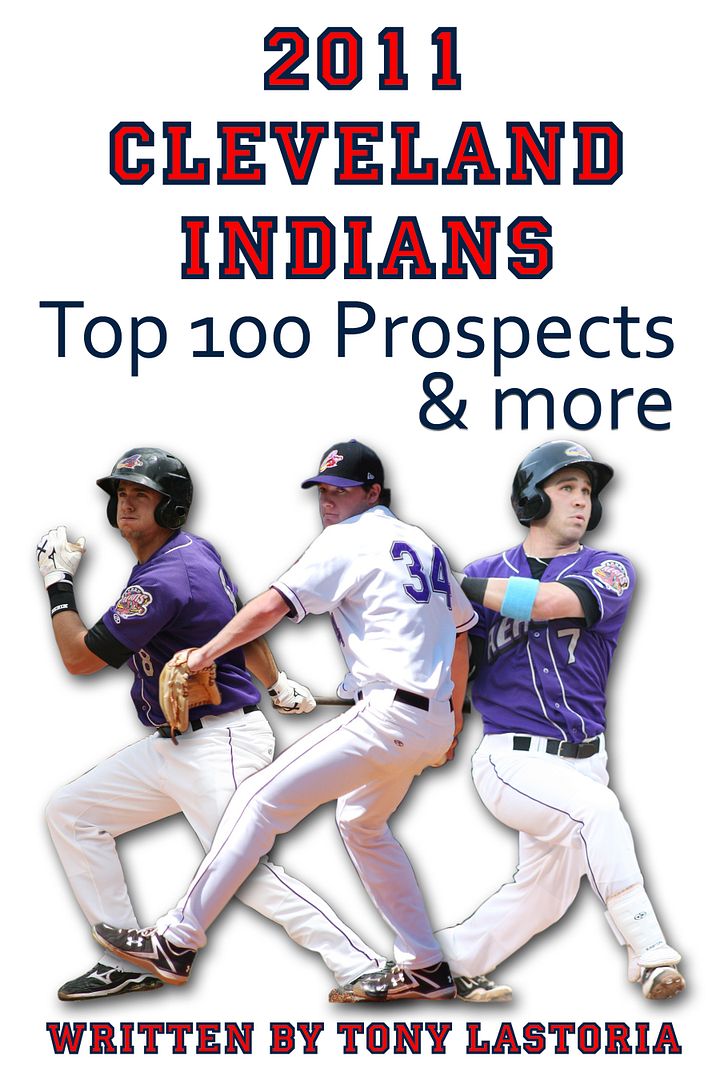
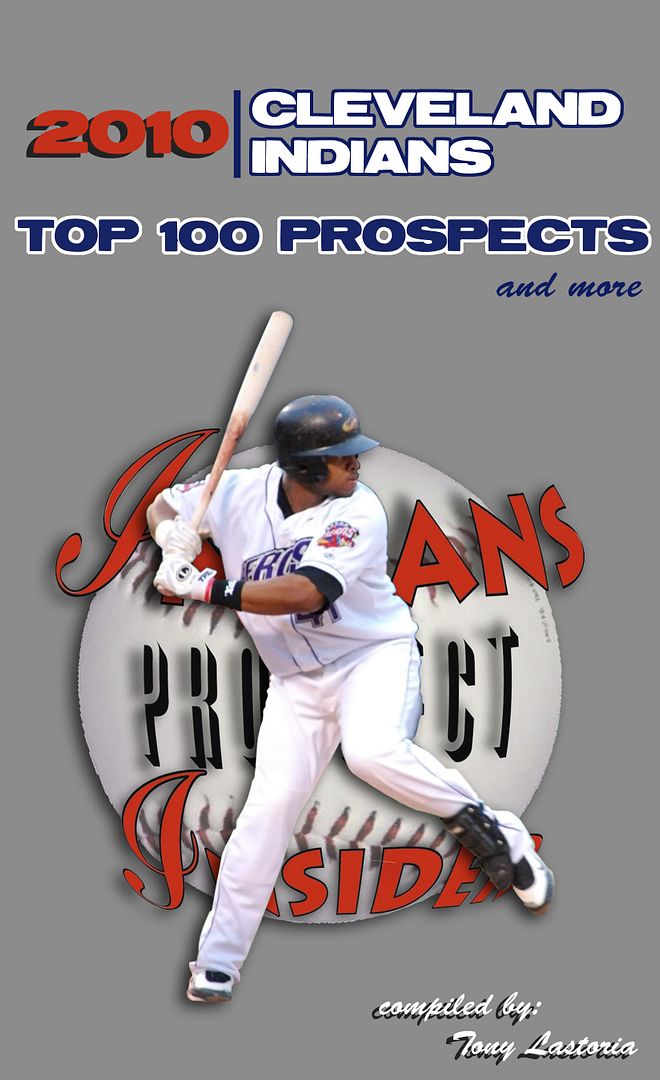
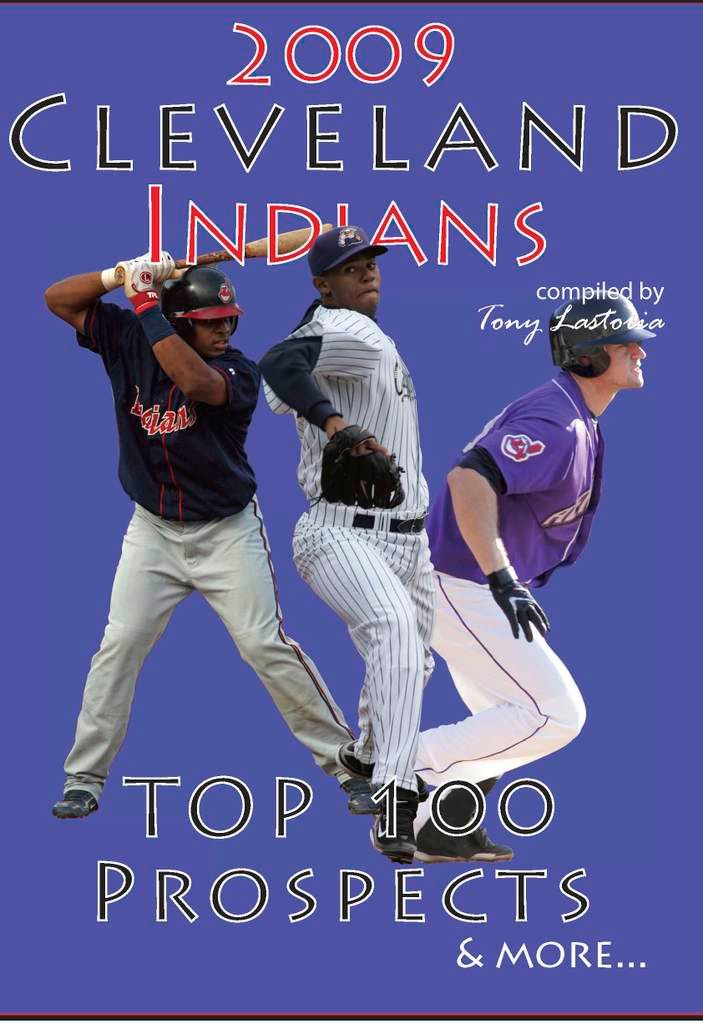
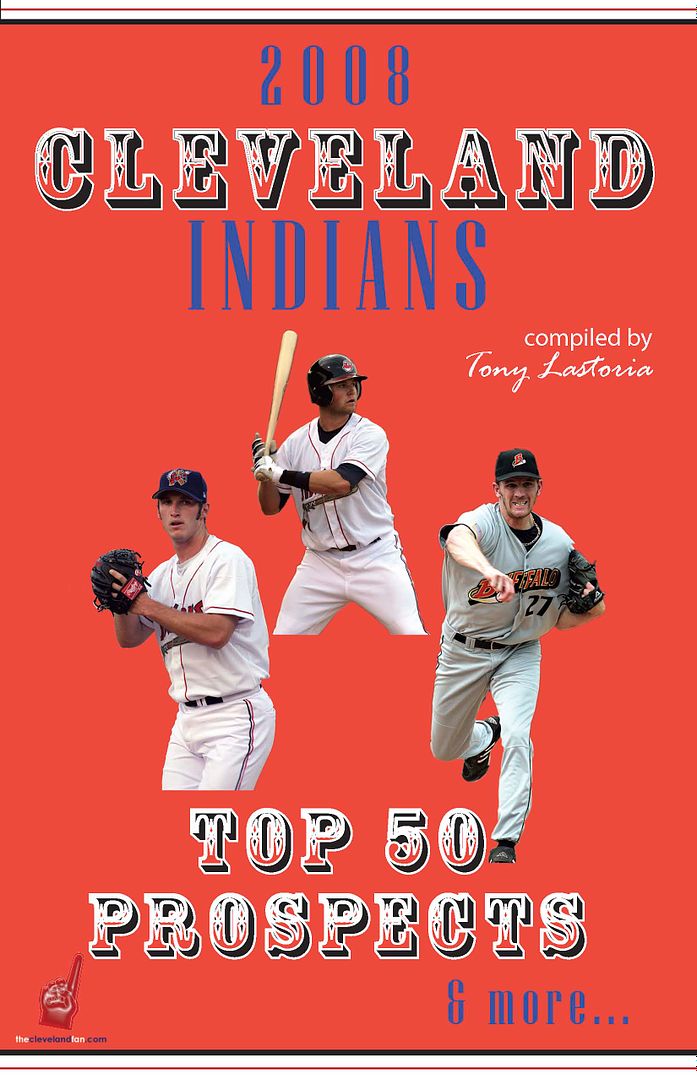
 Everything on this site is free, but for those interested in making any monetary contributions to help support the stability and growth of this site please click on the "Donate" button below.
Everything on this site is free, but for those interested in making any monetary contributions to help support the stability and growth of this site please click on the "Donate" button below.


1 comments:
Jellis,
I'm not sure you have enough data to make definitive conclusioins regarding high school vs college pitchers selected in the 1st round. I agree that high school players are typically more expensive, take longer to develop and are generally more risky. Toward that end, if all other things are equal, it would likely make more sense to draft a college player.
In the situation at hand, however, things are not equal. Dillon Howard is a player that was generally considered ranked around 20-25th best in the draft. But, he was drafted 67th and was arguably the best player available at that draft slot.
So, it seems to me that drafting Howard is not a college vs. high school player issue. Rather, it is a question of cost vs. value, i.e., is it going to be worth paying a player with 1st round talent an amount that is substantially above slot, possibly approximating top 10 money?
IMO, the answer is yes. It is a rare opportunity for a team to have 2 1st round draft choices, but that is essentially the position the Indians finds itself in. Not only that, but Howard was the 20-25th best rated player in a very deep draft. In most other years, Howard might have been rated around 15th best. So, to pay him top 10 money is not that big a leap, particularly when you consider the fact that high school players have the potential to improve their ceilings in their late teen years. Signing Howard now takes him off the market before his value has the potential to improve even more.
That's not to say there isn't risk to his signing. But that comes with the territory, as pitchers in general are risky, and high school pitchers in particular have the highest risk profile. But, all things considered, I believe signing Howard is justified, even at the very considerable bonus he is likely to command.
The Indians' system is very deep, but lacks high-end talent. Howard has the ceiling of an elite player and his signing could help fill that talent void.
Post a Comment